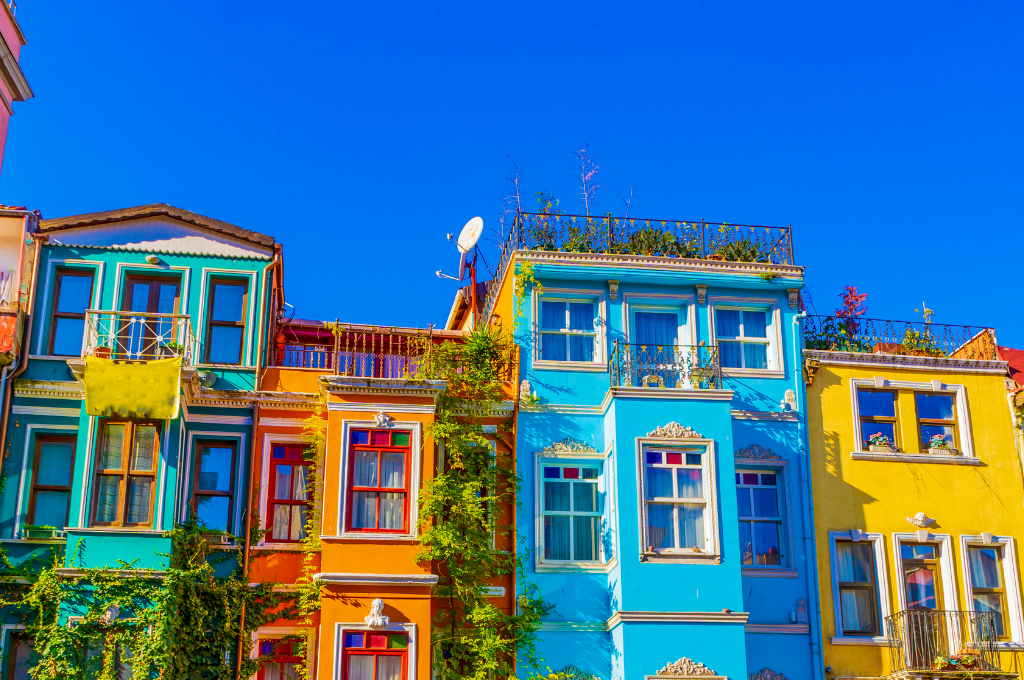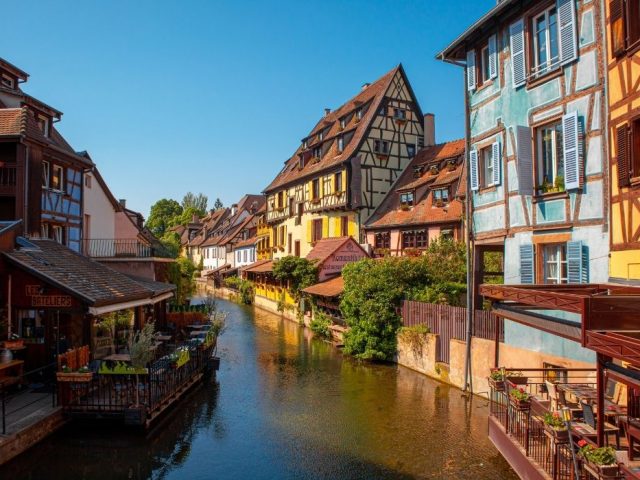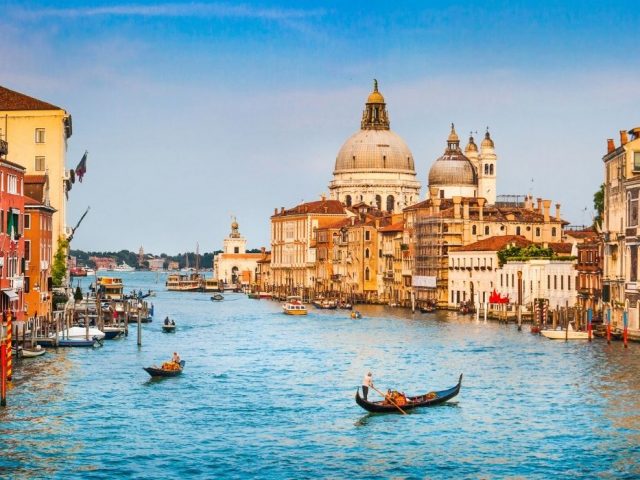The shining star of recent times in Istanbul, modern cafes contrasting with its historical texture… Introducing Balat!
Balat, which is frequently mentioned, is the perfect place for travelers who want to taste the spirit of Istanbul. We don’t know whether it is the old history, the fact that it has been home to 3 major religions or the colorful houses that make Balat Balat. But we think the Fener-Balat direction takes the lead in the list of places to visit in Istanbul with all its beauties.
Let us remind you before we start this article: Don’t forget to download the Piri Guide mobile app to visit Balat step by step with your personal and digital tour guide! 😊
Where is Fener Balat?
Fener and Balat are two beautiful neighborhoods on the Golden Horn shore of the Historical Peninsula. They are right next to each other.
You can also find our Historical Peninsula Travel Guide and Places to Visit article by clicking here.
When to Visit Fener Balat
You can visit the beautiful streets of Fener and Balat at any time. But Istanbulites say that Fener and Balat become more beautiful in spring. So keep that in mind if you are a spring lover. The harmony of the colorful houses with the colors of spring is really a sight to see.
How to Get to Fener Balat
There is a large ferry line in Istanbul with stops in Üsküdar, Karaköy, Kasımpaşa, Fener, Balat, Hasköy, Ayvansaray, Sütlüce and Eyüp. You can easily get to Balat by ferry from any point on this line.
You can also choose to take the T5 Alibeyköy Cep Otogarı-Eyüp-Balat tram by transferring from the Alibeyköy stop of the M7 subway or the Haliç stop of the M2 subway.
Fener Balat Travel Guide
There are many beautiful spots to visit. If you want to travel at your own pace by listening to their history and importance, Piri is for you! Just download the Piri Guide mobile app by clicking here.
Gul Cami Hamam
Gul Mosque was one of the largest churches of the Byzantine period. It is also one of the typical examples of Byzantine architecture. Its original name is Aya Theodosia church. It is a church dedicated to St. Theodosia. And most sources say it dates back to the 10th century. After the conquest of Istanbul, the Ottomans turned the building into a mosque and named it the Rose Mosque.
Right next door to the Gul Mosque is a very beautiful bathhouse. One of the oldest baths in the city: Küçük Mustafa Pasha Hamam. Küçük Mustafa Pasha of Bozok was a grand vizier during the reign of Beyazid II.
Şair Nevi Street
In this street, you can still see the splendor of the past. Although the buildings are largely worn out, they are still beautiful. Most of these houses have “bay windows”. Women were also a part of life by watching the outside from the bay window. Because in the Ottoman period, women spent most of their time at home.
Greek Patriarchate of Fener
There is a church at the entrance of the Patriarchate: Aya Yorgi Church. Today’s church dates back to the 1720s. But the Patriarchate moved here in the early 1600s. The first center of the Patriarchate was of course Hagia Sophia. But then it changed a few places.
Inside and at the entrance, there is a double-headed eagle, the symbol of Byzantium, in abundance. Candles symbolizing the light of Jesus Christ also cover the interior.
There are also 3 sarcophagi of saints. Two are copper, belonging to Aiya Solomoni and Aiya Teofeno. The other is silver and belongs to Aiya Ephimia. These saints are women who sacrificed their lives for Christianity.
Church of Our Lady of the Mongols
The Church of Mary of the Mongols actually dates from the 13th century. In the 1260s, one of the Byzantine princesses, whose name is Maria, Greek for Mary. She was sent to Mongolia as a bride. Because it was thought that if she became a bride, the Mongols would not attack because of her kinship. When her husband died, Maryam returned to her homeland and devoted herself completely to religion. She became a hermit here.
Ahrida Synagogue
The oldest synagogue in Istanbul: Ahrida Synagogue. Dating from the 15th century, this synagogue was restored in 1992 for the 500th anniversary of the arrival of Jews to the Ottoman Empire. Its name means “those who came from Ohrid”.
That’s it for Fener-Balat for now. Would you like to explore all the streets one by one? Then Piri is for you! Download the Piri Guide mobile app by clicking here and you are ready to start touring the streets.




